Trading Stategies for Capital Markets
$20.40
| Author(s) | |
|---|---|
| Pages |
479 |
| Format |
|
| Publication Year |
2007 |
Trading Strategies for Capital Markets equips professional traders and investors with a complete, one-stop reference for all aspects of today’s complex capital markets that includes winning trading strategies for taking advantage of current market realities.
Introduction:
This is a book about trading and financial markets that takes Munger’s advice seriously. It borrows insights from many disciplines and casts a wide net in the search for perspective. It uses financial history to develop an understanding of market institutions and to provide a filter for viewing current market practice. It uses finance theory as a framework for analysis and to build a toolbox that traders can use as they battle in the trenches, which is where it really counts.
In this respect, the book seeks to place the markets and trading strategies in the bigger picture of the global political economy. It describes how the capital markets work in practice; what the drivers are, how they can be recognized, and how sensible trading strategies can be developed and implemented. Above all, the book understands markets to be dynamic real-time reflectors of the world in which we live, rather than mathematical abstractions.
Trading Stategies for Capital Markets is divided into three sections. The first presents a conceptual framework for market analysis. It can be thought of as a road map to the discussion that follows. The second section explores core elements of the capital markets. It describes market organization; key elements of the securities and derivatives that account for the bulk of the instruments traded, and key price drivers.
With the liberal use of examples, it goes on to elucidate different trading strategies and how to implement them, depending on market view. Finally, the last section considers risk management, reviews some recent developments in behavioral finance research, offers a view of how markets function, and sums up.
Contents:
- Mapping the Market
- The Politics of Finance
- Going Mobile: Globalization and the Bond Market
- Electronic Markets
- Are Markets Really Efficient, Mr. Markowitz?
- What Drives the Market?
- Instruments of the Capital Markets
- Swaps and Listed Derivatives
- Fed Funds: The Price of Policy
- Government Bonds: A Toolbox
- The Carry Trade
- Tactical Trading and the Yield Curve
- Strategy and the Yield Curve
- Trading the Treasury Basis
- Synthetics, Contract Rolls, and Intermarket Spreads
- The Credit Cycle
- Trading Equities: An Overview
- Equity Instruments: Indexes and Exchange-Traded Funds
- Equity Index Futures, Basis Trading, and Market Timing
- Pairs Trading
- Technical Analysis
- Psychology and Markets: Behavioral Finance
- Breaking Up Is Easy to Do: Portable Alpha
- Managing Trading and Position Risk
Trading Stategies for Capital Markets By Joseph Benning pdf
1 review for Trading Stategies for Capital Markets
Clear filtersOnly logged in customers who have purchased this product may leave a review.

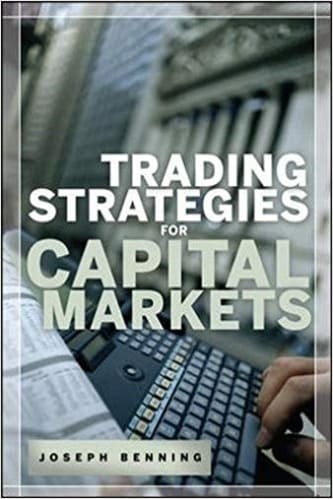
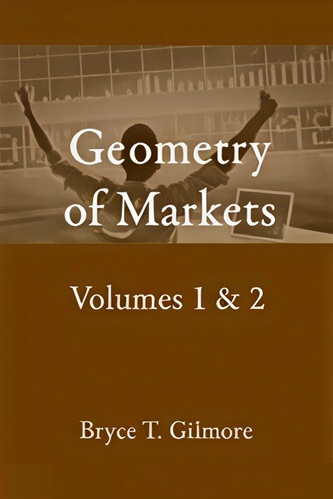
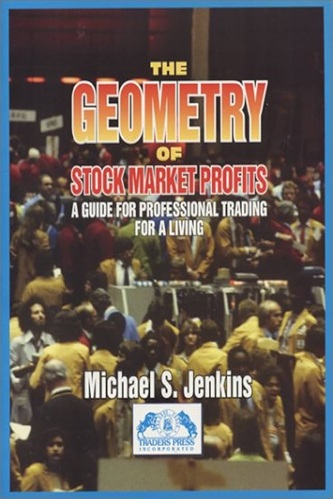
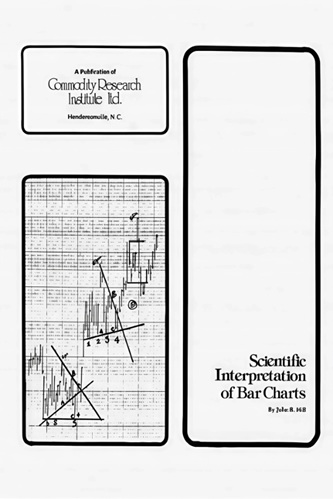
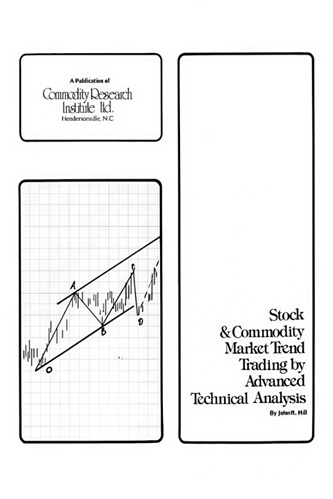
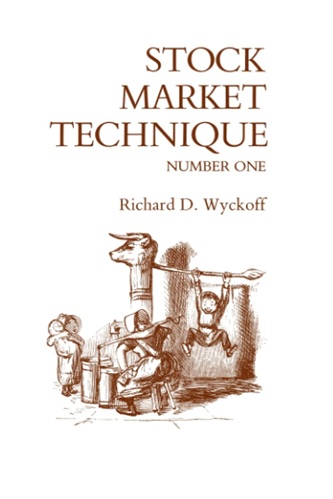
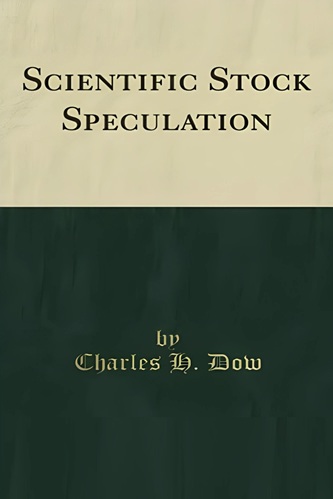
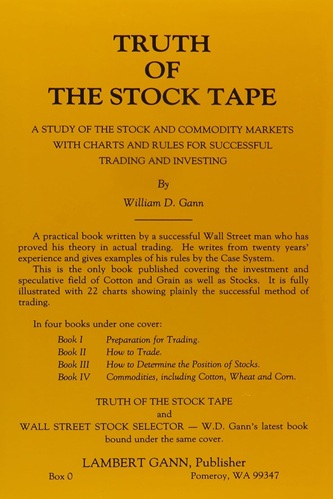
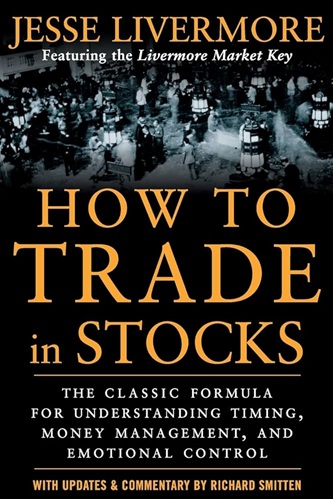
Ricky Howe (verified owner) –
Benning assumes a mathematically sophisticated reader, who know little about how markets work. So he provides an education. Centred in no small way on the Efficient Market Hypothesis by Markowitz. This is the dominant theoretical framework for modelling financial markets, and whether you subscribe to it or not, you need to be well aware of it. The book suggests, based on plausible reasoning, that markets are weakly efficient. But that volatility can be greater than theoretically assumed.
Another key portion of the book covers the Capital Asset Pricing Model.
Black-Scholes option pricing is derived, showing the assumptions on which it was originally based. Other financial instruments are also covered. Like Collateralised Mortgage Obligation (CMO). Alas, no mention of its close relative, the Collateralised Debt Obligation, which has been much in the news in 2007. A curious omission. But the book is still well worth reading.